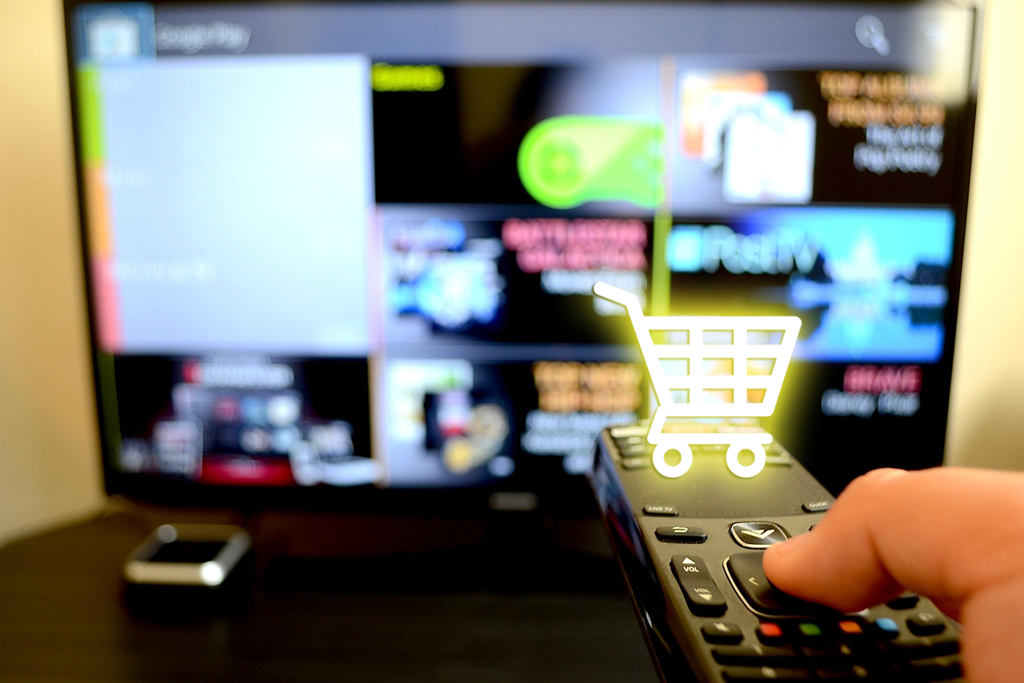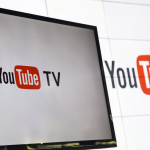Recently my Google alert spotted me a post entitled “Innovating beyond the vanilla TV ad spot” from India. It listed out various innovative ways to do the TV advertising ranging from contextual advertising, themed Ad breaks…etc. Though they are all interesting, some of the measures are not “techie” and required intensive collaboration among clients, advertisers and the TV station and thus they may not be scalable. What catching my attention the most is the “T-commerce” and I would like to add some more there.
What is T-commerce?
T-commerce is defined as “Television Commerce” which audience does shopping through the TV devices. The article has raised an example of H&M’s Super Bowl Ad which was in 2014. During the Super Bowl event, there was a 30 seconds H&M TV ad. And during the ad, audience who using particular Samsung Smart TV would be popped-up with the call-for-action button to buy the H&M product immediately. That did make some noise in the advertising industry. But does it raise a significant revenue for H&M? Seems not. One may be aroused and decided to buy on impulse but they will soon be cooled down when the commercial break is finish and audience is quickly pulled back to the Super Bowl matches. And we seldom see any similar approach afterwards.

TV Commerce in the old time
The Ideal T-commerce
Is T-commerce a failure? Does an ideal T-commerce exist? I could see that there seems a lot more to try before we could find the “product-market fit” point. Provided that T-commerce relies on audience’s “impulsive buying” behavior while they watching TV, here are some ideas to bear in mind:
- Make it relevant
Putting a “buy now” option on 30 seconds Ad like H&M may not be wise. Instead, a shopping experience could be provided together with the TV shows. While watching a TV show or drama, audience is always curious about the clothing on the celebrity or the minor gadgets they are holding. Also, TV drama is very capable of injecting lots of context into the products. Limited edition or themed souvenir related to the drama are particularly relevant. When the audience “loves at first sight” with the product from the shows, it is time for you to give them a help to get it. - Select the product carefully
When making a purchase decision, a buyer needs to get through multiple decision processes and there will be higher chance for a buyer to turn down a buying decision if there are many decision steps they need to make upfront. For example, when you buy the clothes you need to consider the size, and then the color, and then the cutting..etc. After going through all this steps, an audience attention has been drawn away by the next Ad or next scene in the drama. Therefore, instead of selling a dress or shoes, sell the boutique coupon and they could go through those decision process later. - Streamline the check out process
Whenever there is a purchase process, there is a transaction cost. The transaction cost is not simply the dollar value on the price tag, but also the time and effort users needed to acquire the product. User’s passion will be put away easily when they are asked to fill up the delivery address, credit card number when they are watching their beloved TV Shows. It is recommended to acquire the user delivery and payment info in advance through some promotion campaign, like getting the user registered in advance with address, billing info and even the clothing size, and then rewarding them with some prepaid credit. After all these set-ups, audience just needs to simply click “buy now” and the delivery is immediately on the way. - Remove the last minute resistance
The last point is getting down to basic. We need to remove the last minute resistance by putting on time limit, scarcity and/or discount. That sounds straight forward, but on TV environment, we could go a bit further towards the extreme. Instead of a time limit of weeks or days, we could have it in terms of seconds. With a countdown clock showing on screen, audience could be prompted to do one-click purchase as soon as possible to get the limited edition of product. The TV screen could also display the remaining quantity on screen when the stock is running out. The concept is similar to shopping channels which is popular in some countries like Korea, just that you don’t need dedicated TV slots and salespersons to push for sale.






Comments by Cheung Chun Ho